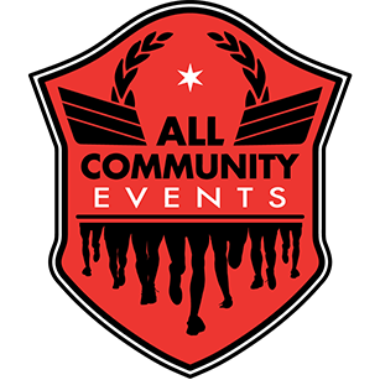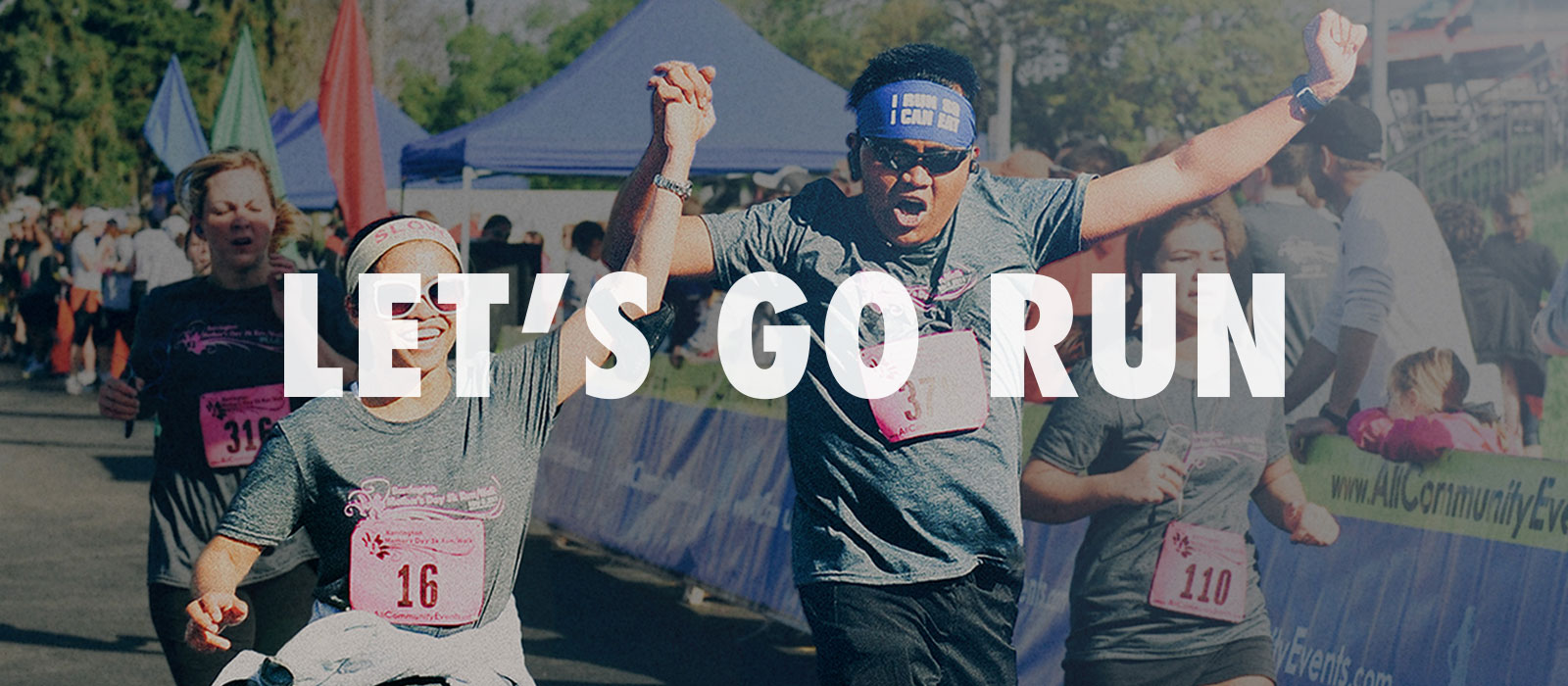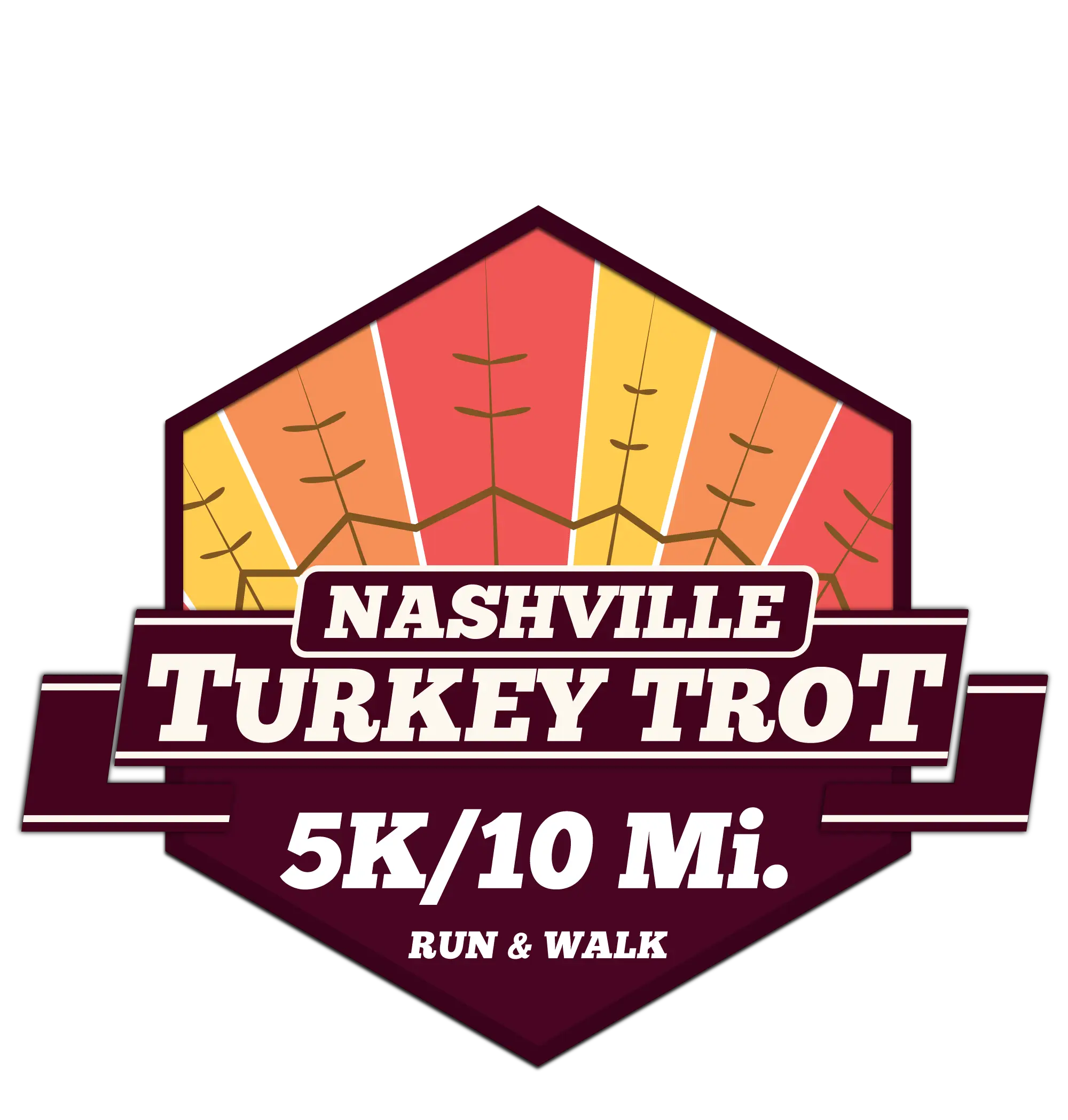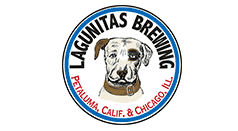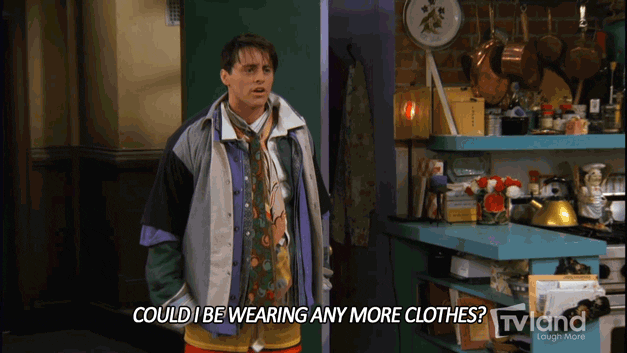Training for the Nashville St. Paddy’s Half Marathon & 5K with Blisters
We know you are busy training for the upcoming Nashville St. Paddy’s 5K & Half Marathon on March 15th and we want to keep those feet happy and healthy. As your training ramps up, you might notice new blisters on your toes that were never there before. The freeze-thaw cycle of the Midwest certainly doesn’t help with wet gym shoes as you embark on your training runs. Follow these quick and easy tips to make the best out of your blisters until they go away once and for all:
If you already have a blister:
Carefully disinfect the blister and Cover it up with a Band-Aid
Pro tip: Put some Vaseline on the blisters to it doesn’t stick to the band aid when you take it off (ouch!).
Wear the thickest socks that you can find you fit into your shoes
The thicker the sock the smaller the chance of your shoe rubbing against your blister or causing another one entirely. We recommend Balega socks as they are specifically padded to prevent rubbing on common blister areas.
Soak the Foot in Epsom Salts
That will draw the fluid out of the blister and help it to deflate naturally.
To Prevent Another Blister
Wear New Running Shoes Around Your House
Then you can be sure how they affect your feet and what they feel like. This will also break them in so your feet don’t cramp and swell on your first long run with the new shoes.
Buy Running Socks
The right running socks in your size will completely reduce friction and help circulation and blood flow. Our favorite brands are Balega and Nike.
Avoid Running through Water
Extra moisture makes the skin softer which makes it easier for a blister to form. Though this can be impossible at the end of winter in the Midwest, try your best to run around puddles instead of through them.
Wear Shoes That Fit
If your shoes are too big or too small, they will rub in new places on your feet. This friction will create new blisters and will make it even more difficult to get the shoes back on for a second go-around.
Blisters can make running seem impossible and painful, but just know that crossing the finish line in March will make it all worth it! Happy, blister-free, running!
